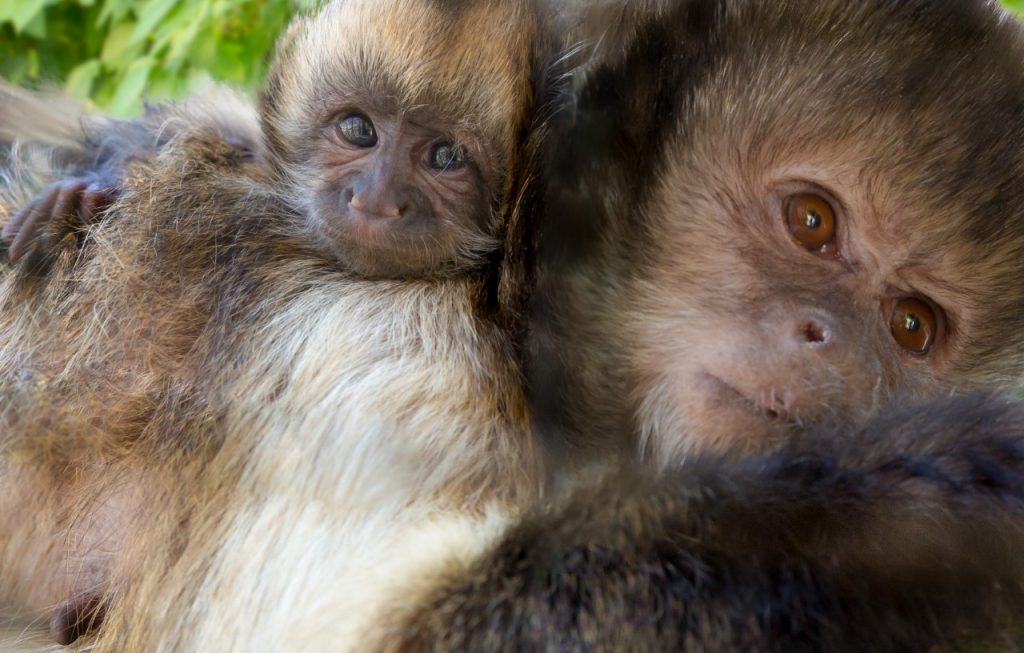Wild hoofstock feed space requirements in zoological mixed species habitats
Citation
Ellorin J, D’Amato-Anderson JL, and Fidhett A. 2021. Wild hoofstock feed space requirements in zoological mixed species habitats. In Brooks M, Koutsos E, and Henry B Eds. Proceedings of the Fourteenth Conference on Zoo and Wildlife Nutrition, Zoo and Wildlife Nutrition Foundation and AZA Nutrition Advisory Group, Virtual.
Abstract
San Diego Zoo Safari Park has eight mixed species field habitats ranging from 25 to 65 acres each, housing 48 different species of wild hoofstock, and totaling approximately 645 individual animals at time of study. These animals are fed their entire diet once per day and items are added into feed bunk spaces. Feed bunks are open on the ground without barriers or head rails unlike traditional livestock linear feed bunks (Wendling, n.d.). When animals or herds housed in these habitats presented with poor body condition, Wildlife Care Specialists would add additional food into feed bunks. While it was suspected available feed space was not sufficient to support the number of individuals on habitat, the San Diego Zoo Safari Park did not have data to provide recommendations on feed space requirements. To quantify feed space for the field habitats, a study was developed in August 2019 using stocking density and domestic hoofstock research. Goals of the study were to quantify feed bunk space availability, comprehensively map feed bunk locations via ArcGIS software, and identify feed bunk space requirements in mixed hoofstock field habitats.
 14_Ellorin.pdf 145 KB
14_Ellorin.pdf 145 KB








